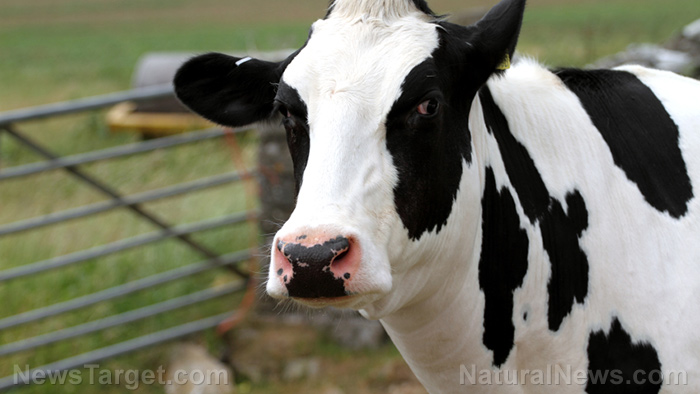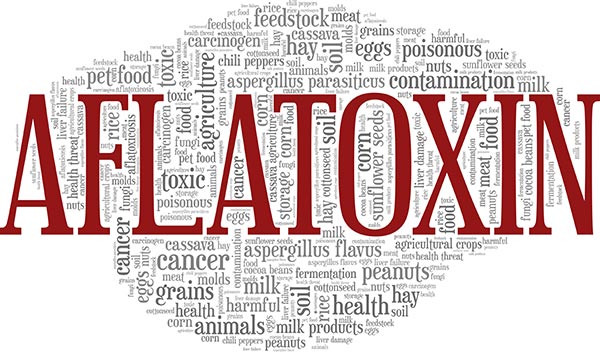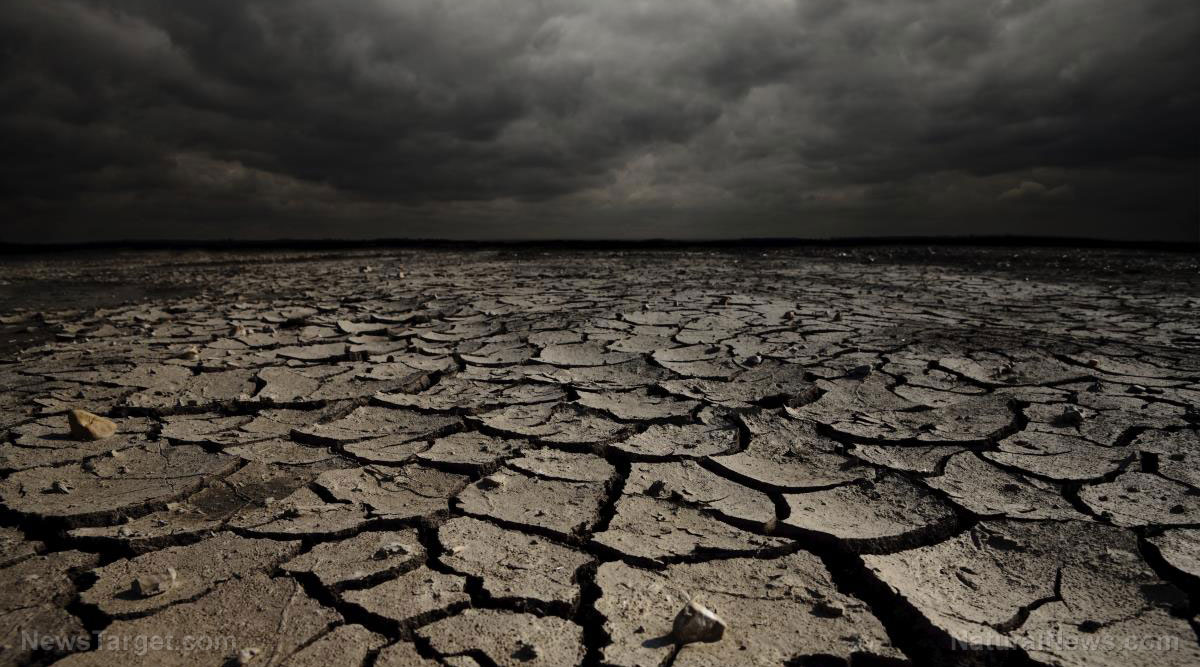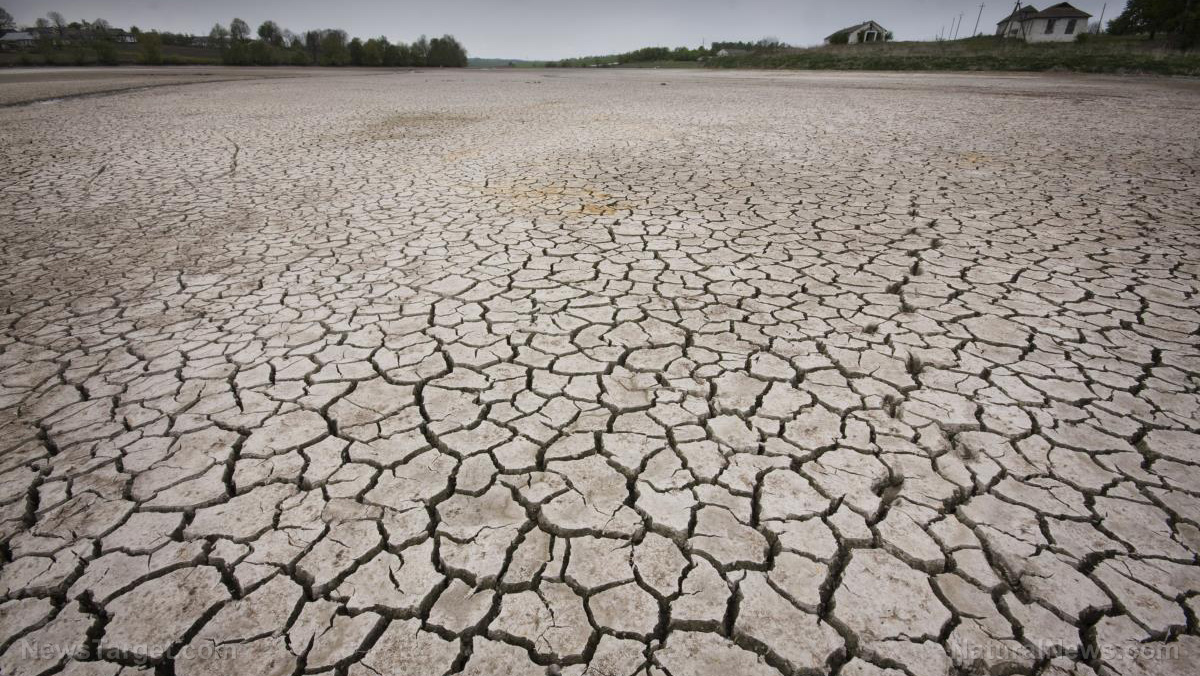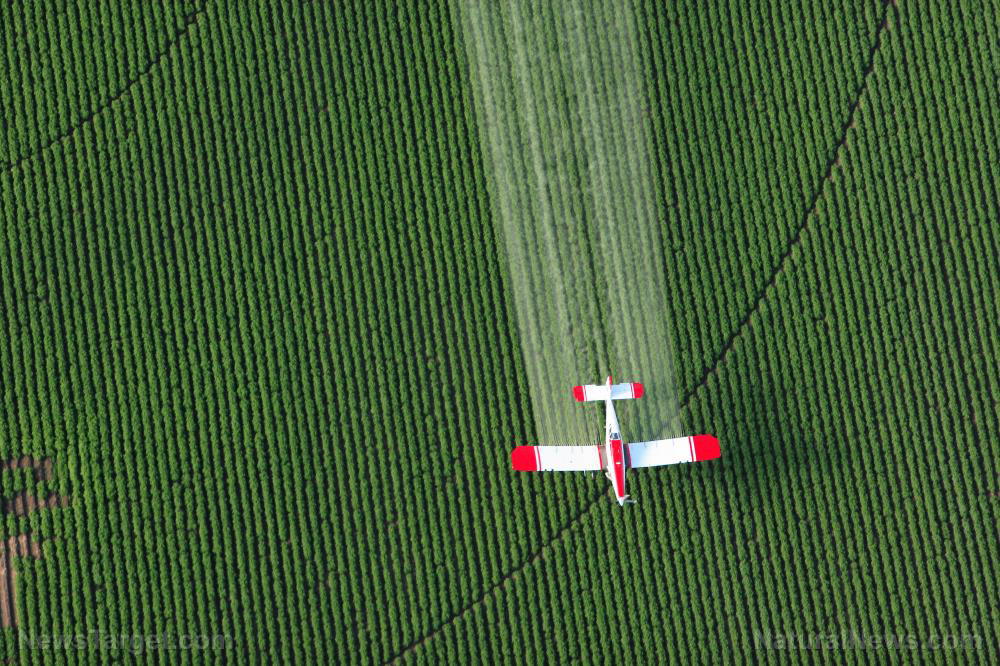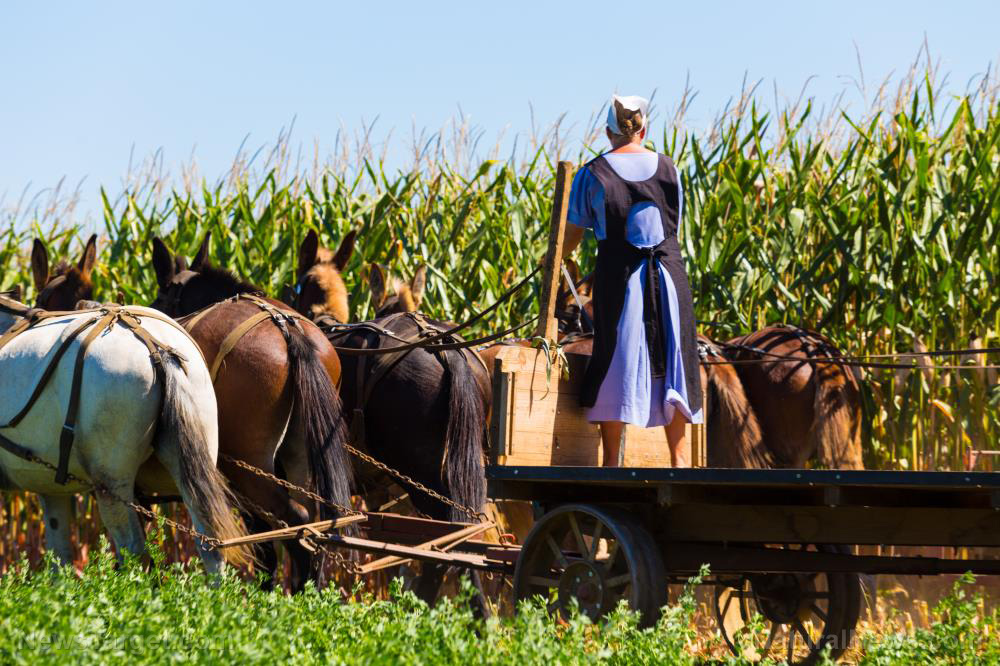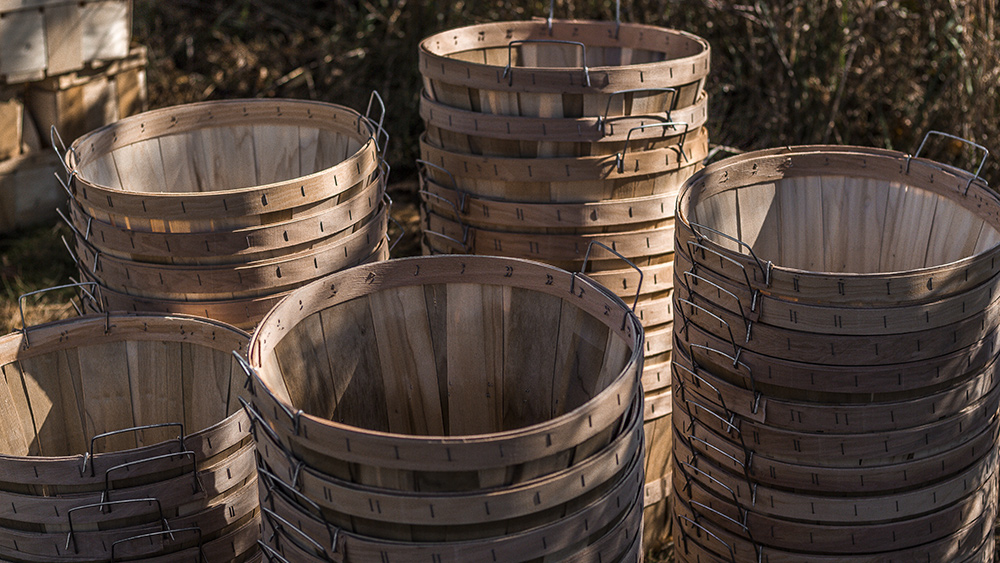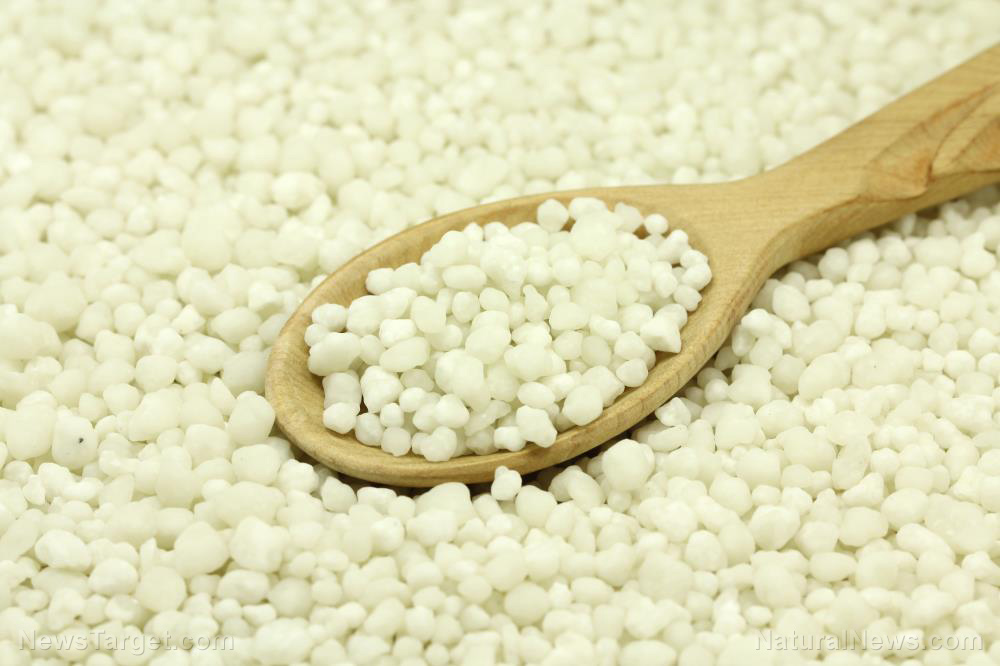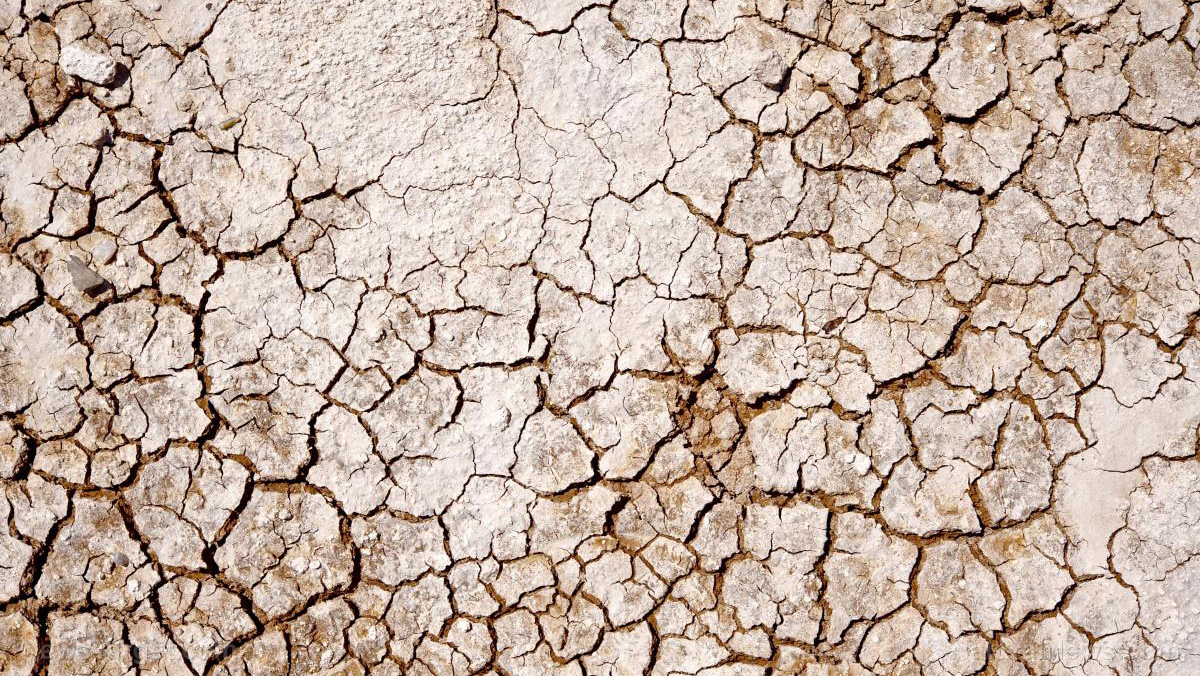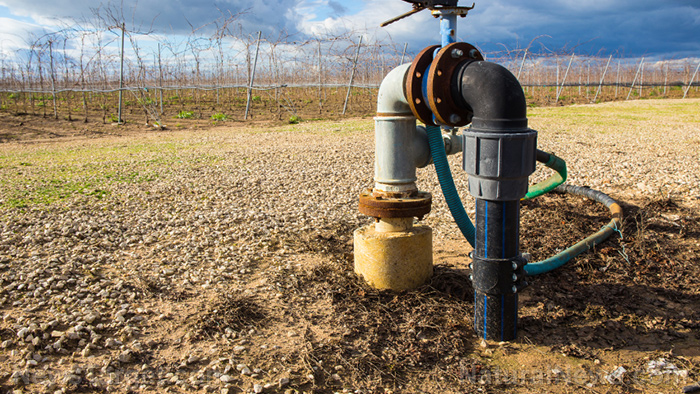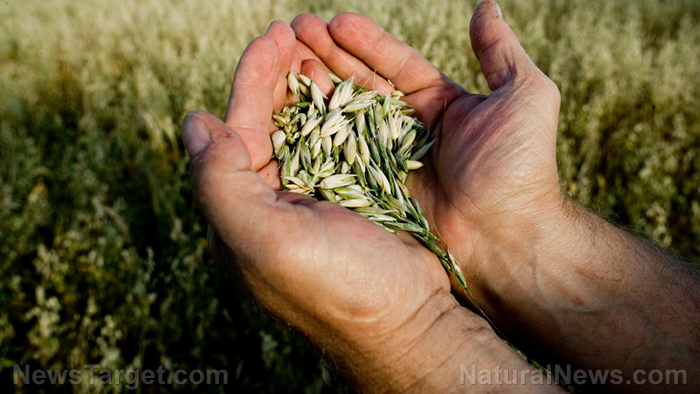Cost of water in California hits all-time high amid enduring drought that threatens cities, massive agriculture industry
08/08/2022 / By JD Heyes

California has two things working against it that will almost guarantee its collapse: Insane left-wing politics and policies, and an enduring drought that is now threatening the state’s multibillion-dollar agricultural industry and, by default, our entire country.
The Golden State is to the U.S. what Ukraine was to the former Soviet Union, the nation’s “breadbasket” — where most of its food was grown. But with bad tax, spend and heavy regulatory policies along with harsh weather conditions spread out over the past several years, it is now more expensive than ever to grow crops, as spot prices for water rise to their highest levels ever, according to Bloomberg News.
The outlet reported that the water price on the Nasdaq Veles California Water Index briefly rose to $1,144.14 per acre-foot in late June, which is a 56 percent increase since the beginning of 2022. “The index tracks the average price of water-rights transactions in five markets in the state,” Bloomberg News noted further.
But that’s not the half of it. In some regions of the state, water has become even more expensive, rising to nearly $2,000 per acre-foot in the Westlands region, said Sarah Woolf, head of Water Wise, a water brokerage and consultancy firm operating in Fresno. At more than 1,000 square miles of farmland in California’s Central Valley, the Westlands is the biggest agricultural water district in the United States, Bloomberg News reported.
The report added:
The soaring prices are a reflection of how quickly California’s water crisis is escalating, with dire implications for food crops that are almost entirely reliant on irrigation. Historic drought has cut off surface water to even those with the most seniority under California’s complex water-rights system, and California Governor Gavin Newsom has declared a state of emergency, ordering water-use restrictions and some curtailments for irrigation districts and farmers.
Prices have never before been so consistently high, Woolf said in a phone interview.
“From the agriculture front it’s just not sustainable,” she said. “I don’t know of a crop that can carry water prices like that.”
Not surprisingly, the outlet reported that new regulations imposed by the Democrat supermajority in the state regarding the use of groundwater is further complicating the situation in California. As such, some estimates indicate that as many as 1 million acres will remain fallow — that is, unplanted for a period of time — in the state’s fertile San Joaquin Valley for at least the next 20 years because of reduced access to ground and surface water.
Not only is that costing Californians tens of billions in profits and tax revenue, but it also means that the country’s food shortage will only grow worse, though obviously, this part of the problem is easily reversible if only ruling Democrats had even a modicum of common sense.
In June, USA Today reported that another 6 million mostly Southern Californians were facing renewed water use restrictions even as prices continue to climb.
“Beginning on June 1, residents and businesses in Los Angeles, San Bernardino and Ventura counties will have to limit their outdoor water usage to one or two days a week or have water volume restrictions, the Metropolitan Water District of Southern California (MWD) announced. In addition, all Southern California residents are being asked to cut the water usage by 20%-30%,” the outlet reported.
“The state is currently in its third year of drought, with almost all of California and much of the Western U.S. in severe to extreme drought, according to the U.S. drought monitor. A February study said the Southwest drought is the worst the country has faced in 1,200 years, and it will ‘very likely persist through 2022,'” the outlet continued.
It appears clear that in order to save California, whatever water is available will have to mostly be used for agriculture, meaning the state’s mostly Democrat-voting population of nearly 40 million will have to relocate — to states they will ruin, as well.
Sources include:
Submit a correction >>
Tagged Under:
agriculture, bubble, California, collapsifornia, crops, drought, food costs, food insecurity, food shortage, food supply, harvest, rationing, regulations, risk, scarcity, supply chain, water costs, water prices, water usage, world agriculture
This article may contain statements that reflect the opinion of the author
RECENT NEWS & ARTICLES
WorldAgriculture.News is a fact-based public education website published by WorldAgriculture News Features, LLC.
All content copyright © 2022 by WorldAgriculture News Features, LLC.
Contact Us with Tips or Corrections
All trademarks, registered trademarks and servicemarks mentioned on this site are the property of their respective owners.

